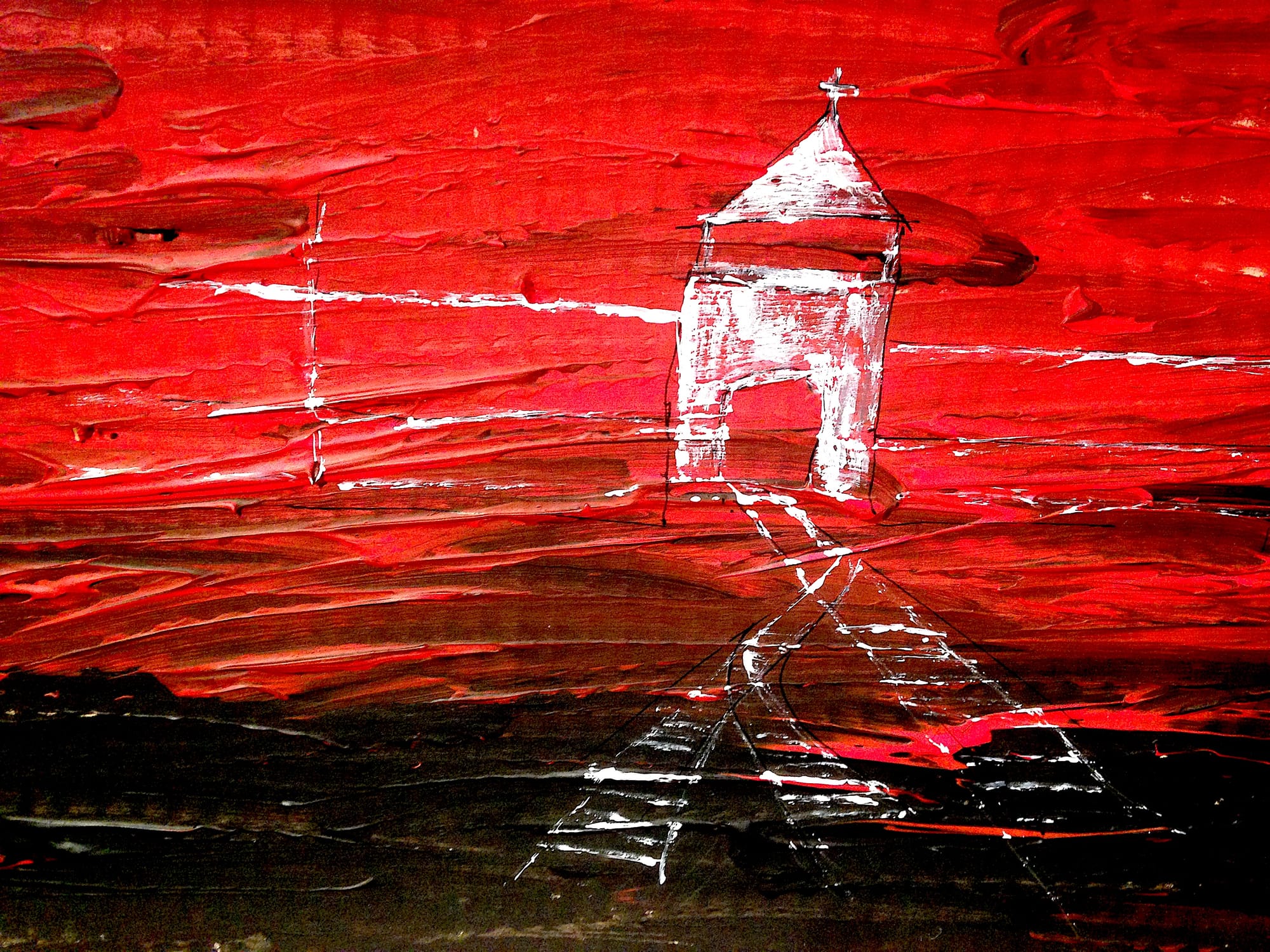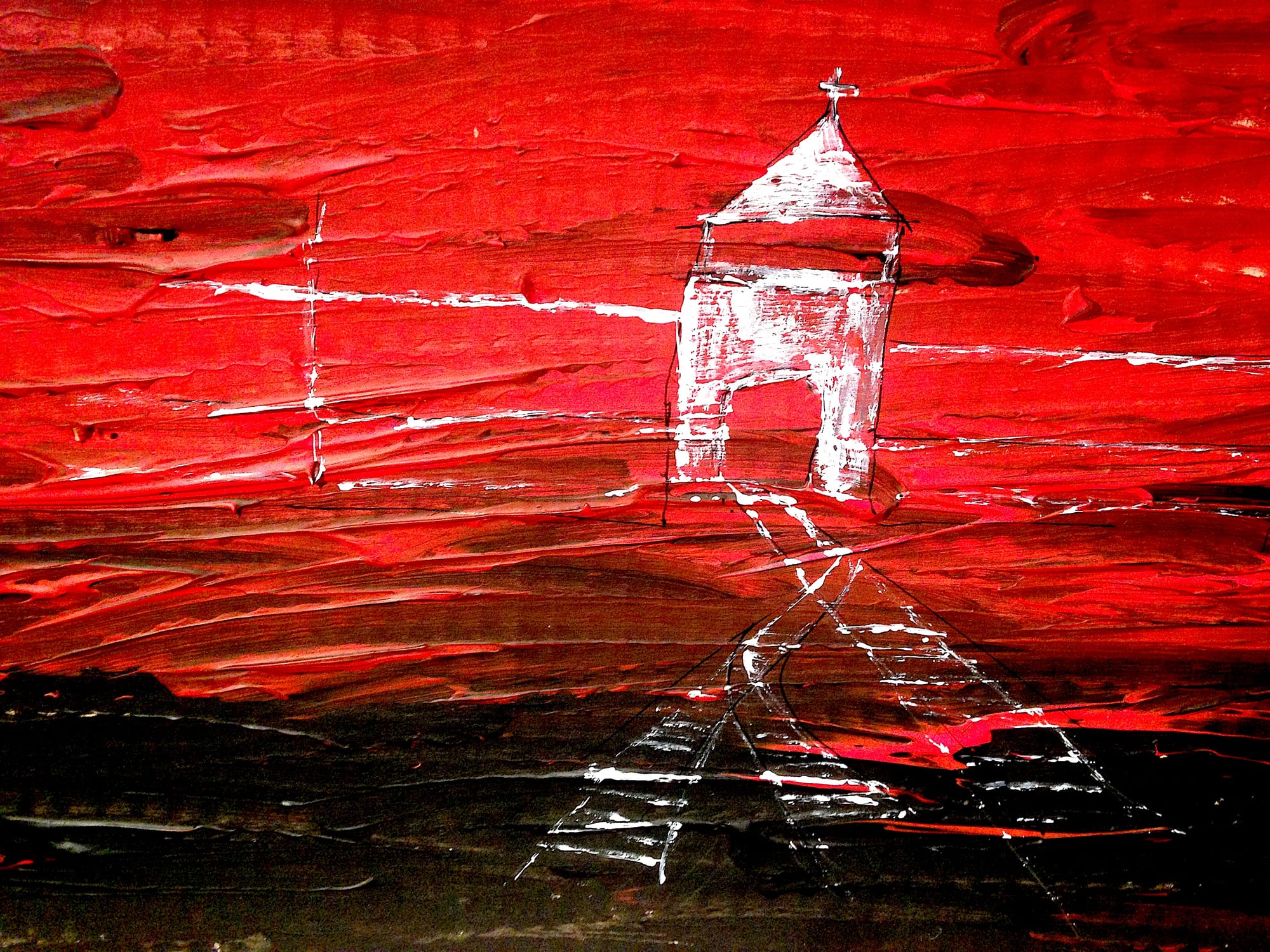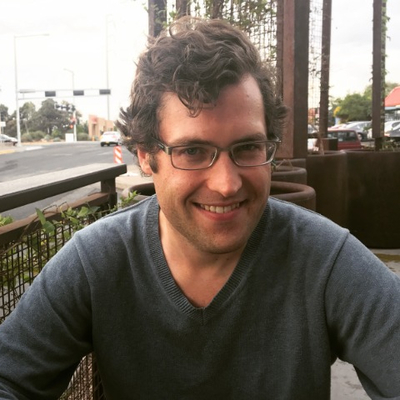Building a Chapel for Reason

By David Liakos

Hans-Georg Gadamer often remarked that the long path of thinking of his teacher Martin Heidegger ultimately amounted to a search for God. Setting aside whether that thesis really does justice to Heidegger, I cannot help but suspect that it applies to my own philosophical journey. I grew up in a household with a Catholic mother and a secular–atheist father. The interplay between these orientations shaped my outlook. I have always felt that, in some sense, I understand both the Christian plea for salvation to redeem our fallen incompleteness and the humanistic celebration of self-assertion without reference to any transcendent source of meaning. From childhood, I was exposed to the truth of both these ways of seeing.
Against this background, a seemingly minor episode from the history of philosophy reveals much about what I think philosophy today involves and requires. In the Seventh Set of Objections to Descartes’s Meditations, the Jesuit priest Father Bourdin provocatively compares the Cartesian method to architecture:
“Other systems of house-building lay down very firm foundations such as stone blocks, bricks, quarried stones, and numerous other materials of this sort, and by using these as a base they are able to make their buildings as high as they wish. But your method is quite different, since it aims to construct something not from something but from nothing.”
When Descartes brackets ordinary sense experience and established traditions in his search for methodologically certain foundations for knowledge, he resembles an architect who would try to build without any ground for his construction. Descartes’s acerbic but beautiful reply to Bourdin’s architectural critique is worth quoting at length:"The mere fact that the architect has already built his chapel shows that all this is simply a ridiculous slander. The finished chapel makes it clear that the architect laid down very firm foundations and destroyed nothing which did not deserve to be destroyed; he never departed from the maxims of others unless he had something better; he built up his structure to a great height without any risk of a collapse; and, finally, he started not from nothing but from very solid materials, and from these he built not nothing but a solid chapel, destined to last for many years to the glory of God." (The Philosophical Writings of Descartes, Volume II,370.)
Descartes’s method did not build a house without foundations but rather a chapel in honor of God upon firm ground. But Descartes’s oracular response to Bourdin suggests not, first of all, faith in God but rather pride in the power of human reason—more specifically, in the potential accomplishments of the new science of the seventeenth century which Descartes was then helping to innovate. Guided only by the correct method, conceived without regard for the historical past which Descartes’s method swept away, human thinking can accomplish its own self-set goals in a world of mute objects that can be modeled and manipulated. In this regard, Bourdin’s architectural metaphor was well chosen, since Descartes’s method cannot be fully understood without reference to the technological revolutions that it subsequently inspired.
Later in this same passage, Descartes protests against Bourdin’s all too rhetorical characterization of his project:“all these metaphors are just as unsuitable for discussing my method of searching for the truth.” In his study of the metaphorical substratum out of which all thinking emerges, Hans Blumenberg claims that Descartes banished metaphor from philosophy in favor of an “ideal of full objectification.” But this characterization overlooks the profoundly metaphorical orientation of Descartes’s own writing and thinking. Indeed, the essential connection between human reason and technology since the seventeenth century is already suggested by the architectural images present throughout the exchange between Bourdin and Descartes. Our technological age has been shaped by the Cartesian ambition to construct a chapel according to a mathematical–scientific method; metaphor helps illuminate this fact.
The Cartesian metaphor of the chapel also invites comparison with a deeply moving scene in F for Fake (1973), the last feature film released by Orson Welles in his lifetime. Standing in a forest and wearing a dramatic black hat and cape, Welles recites a monologue in praise of a French medieval cathedral: “Now, this has been standing here for centuries, the premier work of man, perhaps, in the whole Western world—and it’s without a signature.Chartres. A celebration to God’s glory and to the dignity of man.” While Descartes disputes the authority of the historical past and credits only his own method for the construction of his chapel, Welles emphasizes the anonymity and holism of traditions as they have been handed down to us. That we do not know who, exactly, built the cathedral suggests that, in some sense, the astonishing achievement of the edifice of Chartres was built by and for humanity at large, not by any individual author or any particular school. In the same way, we are collectively responsible for the continuance of human civilization, for the maintenance of traditions and the development of new horizons of intelligibility.
Our world today has been built and shaped by technology, by which I mean not only the actual devices and inventions upon which we rely throughout our days, but also a way of making sense of all things in terms of endless economic growth, instrumental results, productive efficiency, and rational control. Here I agree with Heidegger. The chapel that Descartes sought to build with his intellectual method has now been expanded and optimized so as to include<br>seemingly every room and space throughout our lives. How should we respond to our technologized way of life? Philosophy today must provide an answer to this question.
Despite my upbringing, I cannot fully bring myself to praise God as the source of meaning, even though I am moved by sacred achievements like the cathedral at Chartres. For me, thinking philosophically today requires rather carving out an intellectual space that will provide some counterbalance to the hegemonic technological and scientific outlook. For this reason, I align myself with hermeneutics, which emphasizes and uncovers our belongingness to those endlessly rich inheritances from historical traditions that make us who we are. This deeply held conception of our relationship to the past guides how I write, read, and teach. Increasingly, I now believe that it is not enough merely to shift the emphasis away from technology, however. We also need to construct some form of life in which the shape that our lives take is not imposed externally but is one with which we can genuinely and positively identify. For now, the intellectual commitments of hermeneutical research provide me with some elements of that form of life. But there remains more work to do in order not only to add yet another new room within Descartes’s chapel but to build and dwell in some place outside that chapel.
References
Hans-Georg Gadamer, “The Religious Dimension,” Heidegger’s Ways, translated by John W. Stanley, Albany: SUNY Press, 167–80.2
The Philosophical Writings of Descartes, Volume II, translated by John Cottingham, Robert Stoothoff, Dugald Murdoch, Cambridge: Cambridge University Press, 1984, 369.
The reading of Descartes by Karsten Harries has guided mine. See Karsten Harries, The Ethical Function of Architecture, Cambridge, MA: MIT Press, 1997, 342–3.
Hans Blumenberg, Paradigms for a Metaphorology, translated by Robert Savage, Ithaca: Cornell University Press, 2010, 1.

About the Author
David Liakos is a philosophy professor and full-time faculty member at Houston Community College. He completed his Ph.D. in philosophy in 2019 at the University of New Mexico, where he wrote his dissertation on Heidegger, Gadamer, and modernity. He has published several articles on various topics related to hermeneutics, and he is currently working on a series of papers outlining a conversational conception of politics (including the limits of politics). He is also working on an account of the landscape of contemporary hermeneutical thinking.